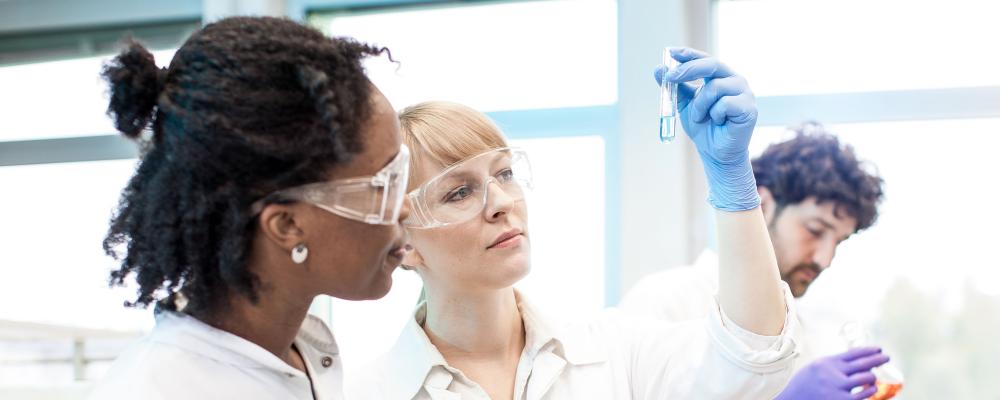Portal Our Laboratories


The fight against Campylobacter begins on the farm
A European expert appraisal led by an ANSES scientist has re-assessed the effectiveness of Campylobacter control measures on chicken farms in preventing transmission of the bacterium to humans. The results have just been published in a scientific journal.
The Campylobacter bacterium is the leading cause of bacterial gastroenteritis in humans in Europe and can sometimes lead to severe complications. It can be transmitted to humans through direct contact with animals, especially poultry, or indirectly through food. It therefore seems a good idea to start by controlling its spread on farms. Animals can act as natural carriers of the bacterium without becoming ill. An initial opinion published by the European Food Safety Authority (EFSA) in 2011 concluded that reducing the amount of bacteria in live animals would lead to a significant reduction in human cases. Since then, new data have been produced, allowing these results to be refined. "At the European Commission’s request, a group of experts from EFSA re-assessed the risk of Campylobacter transmission taking these new data into account," explains Marianne Chemaly, head of the Unit for Hygiene and Quality of Poultry and Pig Products at ANSES's Ploufragan-Plouzané-Niort Laboratory, who led the group of experts. "For the time being, these control strategies on farms, such as the use of vaccination or feed additives, are still in the trial phase and no solutions have yet been applied in the field" she continues.
Re-assessment of the impact of measures on farms
The results of this work have just been reported in a research paper in the journal Microbial Risk Analysis, after being published in an EFSA opinion in 2020. They concluded that a 1000-fold decrease in the number of bacteria per gram of faecal material in poultry intestines would reduce the risk of human contamination by 54%. "The new data showed that the risk reduction was less than previously estimated. In the 2011 opinion, it had been estimated that such a decrease in bacteria in poultry intestines could reduce the risk of human contamination by at least 90%. Nevertheless, control at farm level remains an important step: the fewer bacteria an animal carries, the less risk of contamination of meat and therefore of consumers," believes the scientist.
Everyone can play a part in the fight against Campylobacter
These results are an opportunity to reiterate that Campylobacter contamination can be limited at all stages of meat production: from the chilling of carcasses at the slaughterhouse, or product packaging for distribution, through to the final consumer. "When you cut up raw chicken meat at home, there is a risk of the bacteria settling on the utensils and chopping board. It is therefore important to thoroughly clean these accessories with soap and water before reuse, especially to avoid cross-contamination when preparing food such as vegetables that will be eaten raw. Similarly, do not reuse a plate on which you have placed raw meat without washing it first, and of course do not forget to wash your hands!" concludes Marianne Chemaly.